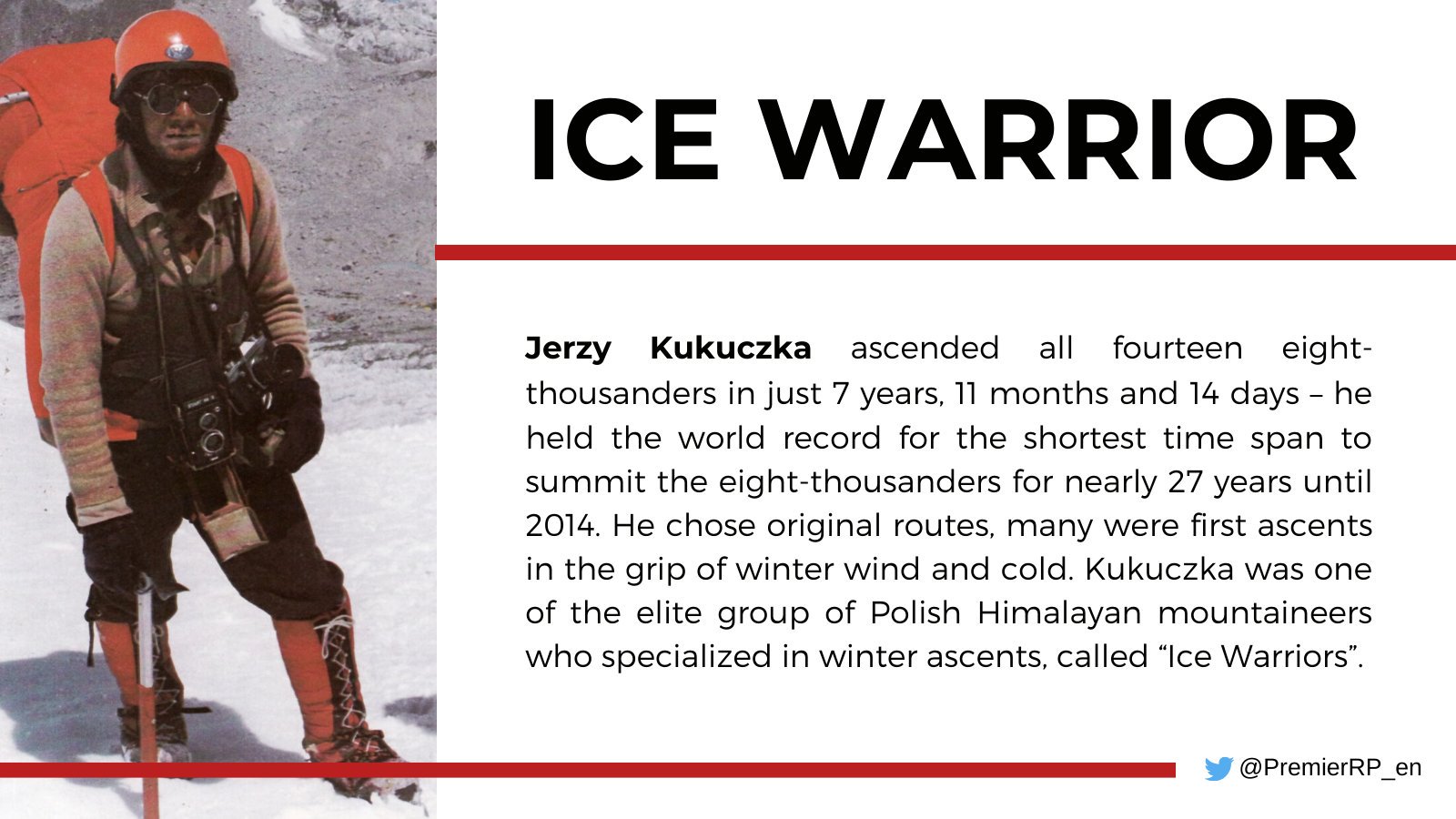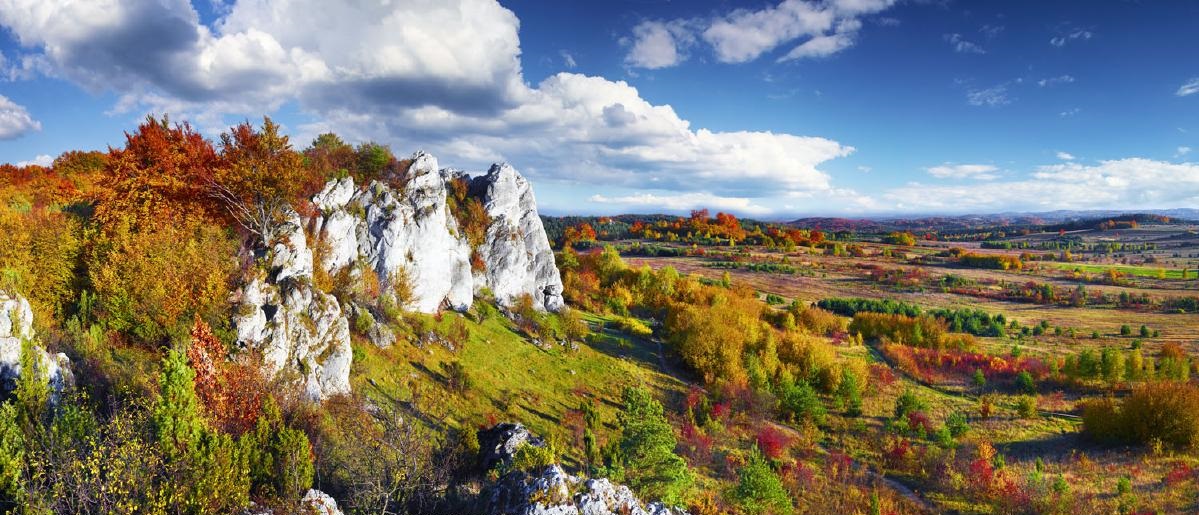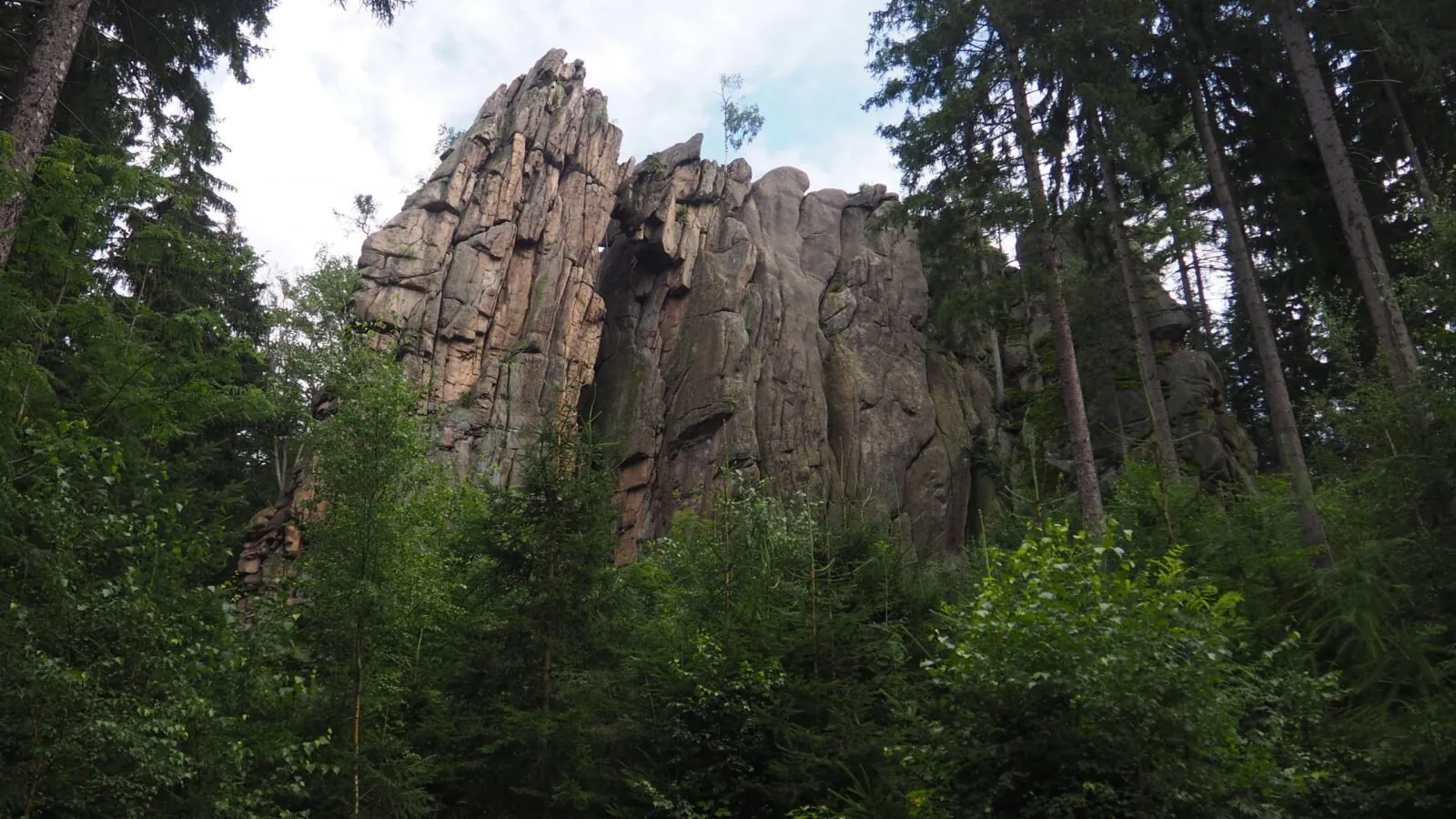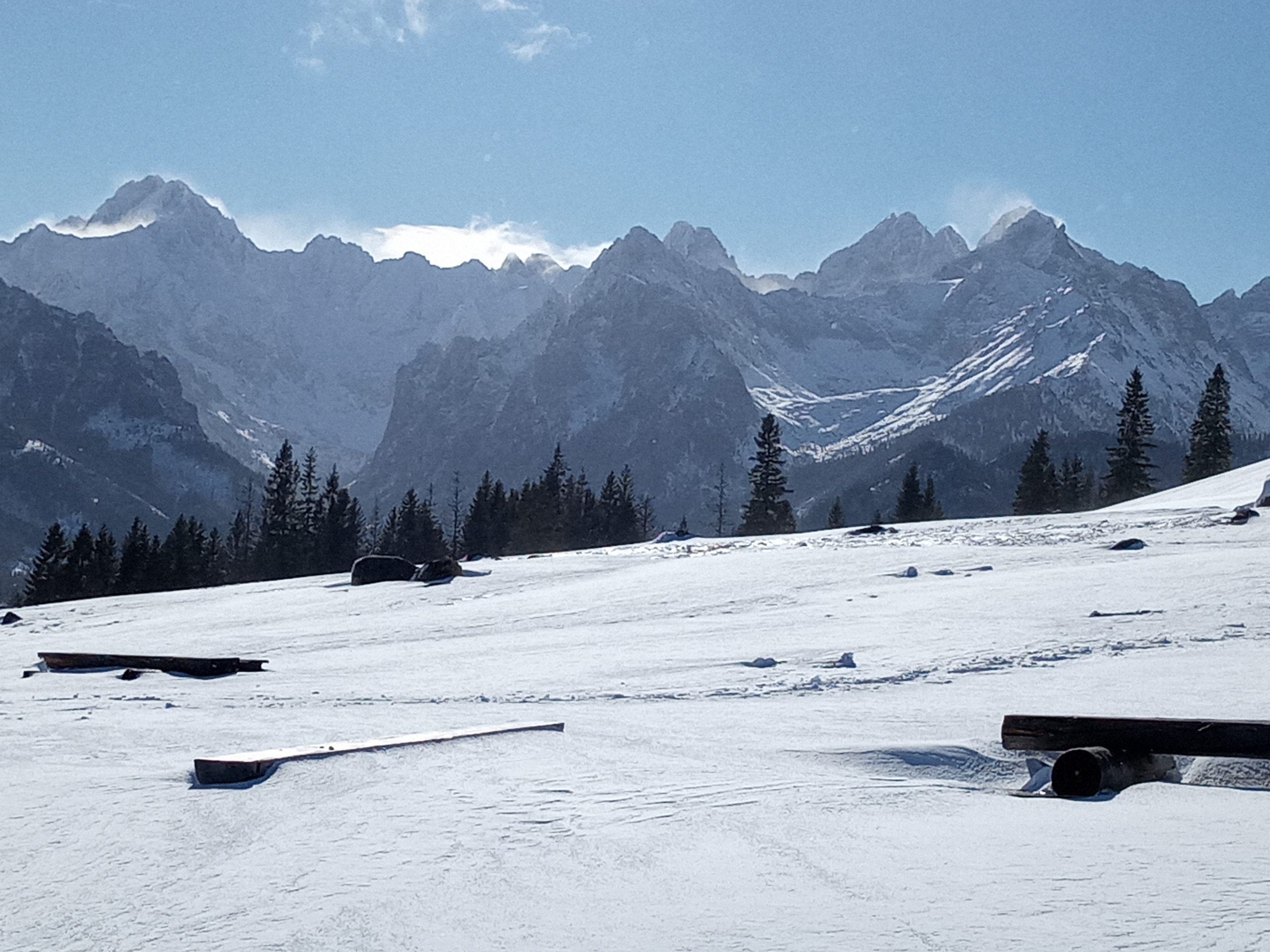The Polish history of climbing starts in 1818 year. On the 1st of August, 25-year-old polish climber and poet Antoni Malczewski reached the north, virgin summit of Aiguille du Midi (3795 m). A few days later, he climbed to the top of Mount Blanc as the eighth climber in the world. It was the beginning of a long history of Polish mountain conquests. The names of Jerzy Kukuczka, Wojtek Kurtyka, Wanda Rutkiewicz or Krzysztof Wielicki are well for every mountain lover. Their achievements marked milestones in the world of mountaineering, especially in the history of Himalayas conquests.

Polish climbers tried to climb to the top of Mount Everest since the beginning of the 20th century. In 1924 year, Adam Karpiński was completely prepared to start the Everest expedition. He organized all, the crew, and equipment and found the expedition’s sponsor. Unfortunately, the English officials responsible for the climbing permit at that time didn’t want any other nation to reach Mount Everest before the climbers from England did, so the Polish Everest expedition failed. After that, the II World War came, and the geopolitical situation of Poland changed. Poland as a part of the Soviet Union’s dominion was isolated from the rest of the world. When the isolation was over, Polish climbers started to make up the distance to the world leaders. The first Polish Himalaya Expedition after II World War was made in 1974 when almost all eight-thousanders were conquered. That’s why Polish climbers started winter climbing in the Himalayas, and soon they became masters of this style of mountaineering. I recommend reading “Freedom Climbers” by Bernadette Mcdonald and watching YouTube “Art of Freedom” to fully grasp the amazing history of Polish climbing. Check this movie link trailer.
Link to a book “Freedom Climbers” https://www.amazon.pl/Freedom-Climbers-Golden-Polish-Climbing/dp/1594857563
Climbing regions in Poland
There are a few climbing regions in Poland. Most of them are located in southern Poland, where mountain ranges are stretching along the Slovakian and Czech border. The most important are:
1) The Tatra Mountains – the main mountaineering region in Poland. The Tatras are the only Polish alpine mountains. Located 100 km south of Cracow, easily accessible from the Krakow airport. Most of the rocks are granite, but also limestone and dolomite. Predominantly traditionally protected climbing routes but you can find a lot of sport routes as well. Excellent region for winter climbing due to very good conditions in winter and the nature of the mountain formation.

2) Jura Highlands – a paradise for the sport climbers. Located between Krakow and Częstochowa, easily accessible from Katowice airport. There are nearly 10,000 routes in 3 areas: Northern Jura, Central Jura and Southern Jura. The rocks are limestone. Routes are well bolted and new developments are happening every year.

3) Sudety Mountains – located in southwestern Poland, close to the Wrocław airport. Sudety offers many climbing routes in the five regions. The whole area is densely covered with forests. The rocks are granite (Sokoliki, Rudawy Janowicekie), basalt (Karkonosze), sandstone (Hejszowina), metamorphic, and igneous rocks (Kłodzka Valley). Sudety offers climbing for all grades and styles with hard climbing ethics especially in Hejszowia to many sport routes and bouldering problems in other parts.

- Alpine Skills – How to rope up on the glacier?Navigating glaciers demands precision. Learn the art of roping up for crevasse safety in our winter mountaineering course. Discover optimal team sizes, knot essentials, and equipment recommendations. Elevate your alpine skills with us and conquer glaciers confidently. Safety and mastery await – join us today!
- An ideal development path in mountaineering or climbingUnlocking the Alpine Path – a Safe Journey into Mountaineering. Embarking on a mountain journey requires not just courage, but knowledge. Accidents in these majestic landscapes can be averted with the right education. Learn from Piotr Sztaba, a seasoned Polish Tatra Mountain Instructor, as he lays out the ideal progression for aspiring mountaineers. Discover the critical phases of skill-building, from conquering rock walls to winter peaks. Choose a path of competence, wisdom, and thrilling adventure.
- Climbing in Poland – the short history and main regionsA Glimpse into Poland’s Climbing Legacy – embark on a journey through Poland’s climbing history, marked by the daring spirit of pioneers like Antoni Malczewski and legendary figures like Kukuczka and Rutkiewicz. From conquering Aiguille du Midi in 1818 to mastering Himalayan winter ascents, Polish climbers have etched their legacy. Explore the diverse climbing regions – from the majesty of the Tatra Mountains to the limestone crags of Jura Highlands and the granite challenges of Sudety Mountains.
- Climbing rack for winter climbing.Winter climbing is the most extreme type of climbing which requires years of experience and practice. Not only placing a gear is difficult but the assessment of the quality of… Read more: Climbing rack for winter climbing.
- What to wear in winter?Winter Gear Guide – Dress-code in the Tatra Mountains. Facing the winter wilderness demands strategic clothing choices. Beyond style, each layer is a tool that contributes to safety and comfort. Discover the secrets of effective layering, from base to outerwear, and make the right call between staying warm and avoiding sweat. Navigate the winter wonderland confidently with the perfect gear setup.
- Winter in the polish Tatra Mountains: trek – climb – ski – party or other way around!Explore the enchanting Tatra Mountains during winter – a unique blend of tatras beauty and adventure. Nestled between Poland and Slovakia, these peaks offer diverse activities like mountaineering, skiing, and climbing. Discover the allure of Morskie Oko Lake and Hala Gąsienicowa, perfect for winter mountaineering and ski touring. Trek, climb, or ski through the stunning landscape!
